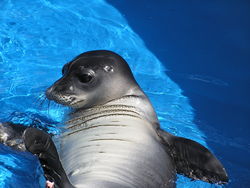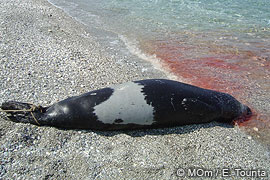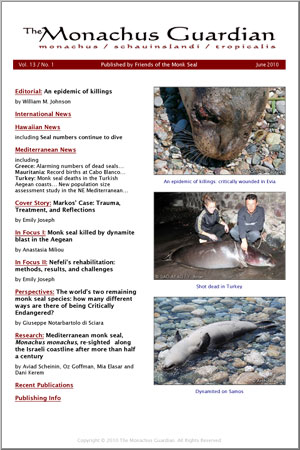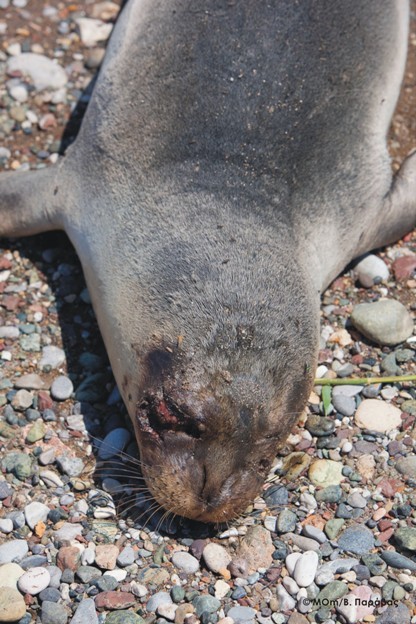Media Watch, PR Web, 26 August 2010
 On Saturday, September 4, 2010, team “Hawaiian Monk Seal” from The Marine Mammal Center will compete in the Maui Channel Swim to support the Center’s efforts to raise funds to build an urgently needed hospital for monk seals in Kona. The female swimmers will join 52 teams and 20 solo swimmers from around the world in a daring 10 mile crossing of the Au Au Channel from the beach at Lanai to Black Rock on the shores of Kaanapali. The channel is well known for dangers to swimmers such as swift currents, tiger sharks, and the Portuguese Man O’ War. The first Maui Channel Swim took place in 1972 and since then, it has grown to become the longest open water relay swim in the world. To help team “hawaiian Monk Seal” achieve their fundraising goal of $11K and save future populations of Hawaiian monk seals, go to: http://www.marinemammalcenter.org/what-you-can-do/events/team-from-the-marine-mammal.html.
On Saturday, September 4, 2010, team “Hawaiian Monk Seal” from The Marine Mammal Center will compete in the Maui Channel Swim to support the Center’s efforts to raise funds to build an urgently needed hospital for monk seals in Kona. The female swimmers will join 52 teams and 20 solo swimmers from around the world in a daring 10 mile crossing of the Au Au Channel from the beach at Lanai to Black Rock on the shores of Kaanapali. The channel is well known for dangers to swimmers such as swift currents, tiger sharks, and the Portuguese Man O’ War. The first Maui Channel Swim took place in 1972 and since then, it has grown to become the longest open water relay swim in the world. To help team “hawaiian Monk Seal” achieve their fundraising goal of $11K and save future populations of Hawaiian monk seals, go to: http://www.marinemammalcenter.org/what-you-can-do/events/team-from-the-marine-mammal.html.

 It is hard to imagine anyone not being moved by the tragic tale of ‘Markos’ – the young Mediterranean monk seal who was brought into intensive care, struggling for life, but horribly mutilated by the bullet that shattered his jaw and nasal cavity.
It is hard to imagine anyone not being moved by the tragic tale of ‘Markos’ – the young Mediterranean monk seal who was brought into intensive care, struggling for life, but horribly mutilated by the bullet that shattered his jaw and nasal cavity. Just published: the June 2010 issue of
Just published: the June 2010 issue of 
 Badem, probably the most famous Mediterranean Monk Seal, is back in Turkey after taking herself on a tour of the Greek island of Rhodes during the winter months. […]
Badem, probably the most famous Mediterranean Monk Seal, is back in Turkey after taking herself on a tour of the Greek island of Rhodes during the winter months. […]